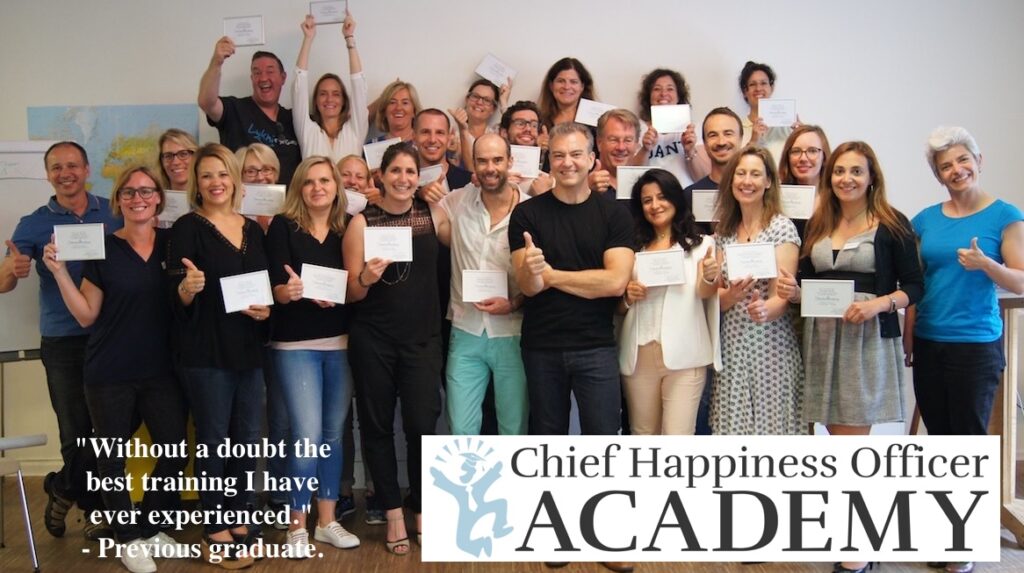 I got this question from Mark in a comment and I would love to hear your take:
I got this question from Mark in a comment and I would love to hear your take:
My job has been literally killing my soul for the past 3 years. I have known this entire time I needed to leave. But I didn’t realize how seriously I was burning out, and now I feel like I am being pushed over the edge. I have drank every night for the past three months. I am acerbic, aggressive and emotionally closed off. I hate the people I serve so much I cuss and spit when I have to see them. I have secondary trauma and can no longer sleep without medication. It is not possible to hate your job more than I do.
I have applied to seemingly countless jobs, but as I want nothing to do with this career field any longer it has been impossible to actually land anything in this economy. I have begged for other work at the company, but there is none. Most places are laying off. I am lucky to have a job. But am really not, because it is poisoning me.
It is nice and pat to say “Hey, it’s your life, just quit!”, but the problem is that I make an utter pittance, have essentially no savings (not very possible on my salary), and have thousands of dollars in credit card debt due to a combination of bad choices when young and bad luck/unexpected crisis expenses. Life has been tearing me down and I have not gotten a break.
I cannot afford to leave. I have no money to do so. I will go broke. I will lose everything. I have school loans and a car loan in addition to my aforementioned expenses. I have applied for so many jobs I no longer really believe in some level that I *can* get another job, despite being very highly educated. I can’t afford to work part time. If Ii don’t work for a day I will go under.
I have less and less energy every night to look for other work. It’s quicksand and I am not getting a break to get out. I feel completely trapped, despite knowing I have a choice… though the alternative is to lose everything. I never thought I would be this guy. Does anyone have any suggestions? I really need them. Thanks.
What do you think about Marks’ situation? What would you advice him to do?









